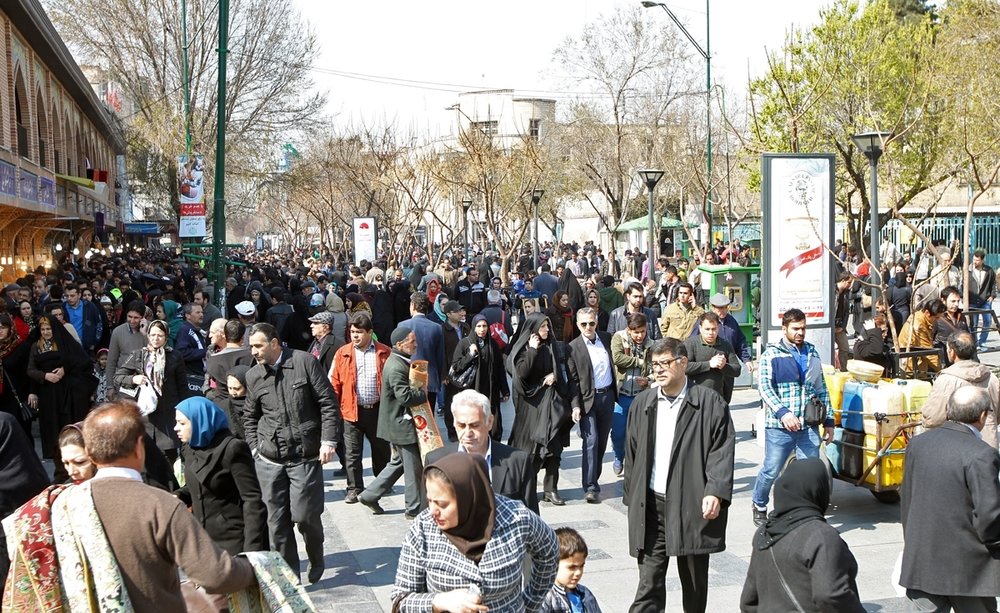Iran’s population ageing: statistics center

TEHRAN -- The average age of Iranians has increased by 1.3 years over the past five years, the Statistical Center of Iran has said.
According to findings of the 2016 national population and housing census, the average age of Iranians increased to 31.1, IRIB reported.
The report added that the average age of women was 31.3 years, slightly higher than 30.9 years - the average age of men.
The index is also different in cities and villages, so that it is two years higher in urban areas compared to rural areas for both genders.
The average age is the total sum of all individuals’ ages divided by the entire population of a country.
Median age at 30 years
According to the statistics, the median age of the country stood at 30 years for both genders in 2016, up by three years compared to 2011.
Median age is the age that divides a population into two numerically equal groups - that is, half the people are younger than this age and half are older. It is a single index that summarizes the age distribution of a population.
In demographic studies, a population with a median age of 20 is considered young. If the index is between 20 and 30 the population is regarded as middle-aged and when it is 30 and over it is considered old.
In this case, Iran’s population is considered as old in urban areas and middle-aged in rural places.
Demographic experts have warned against the ageism in Iran several times. Regarding the growth of average age among women, the gap is expected to be widened in the near future.
The rate of fertility in Iran is 1.8 births per woman which is below the world average of 2.1 births.
In recent years, the government has been taking measures to encourage families to have more children. However, economic infrastructure should be provided for families to resolve the aging population problem.
In 2014, Leader of the Islamic Revolution Ayatollah Seyyed Ali Khamenei outlined general policies of the country’s population plans, stressing the need for making comprehensive plans to promote the country’s economic, social and cultural situations based on the new population policies.
SB/MG
Leave a Comment